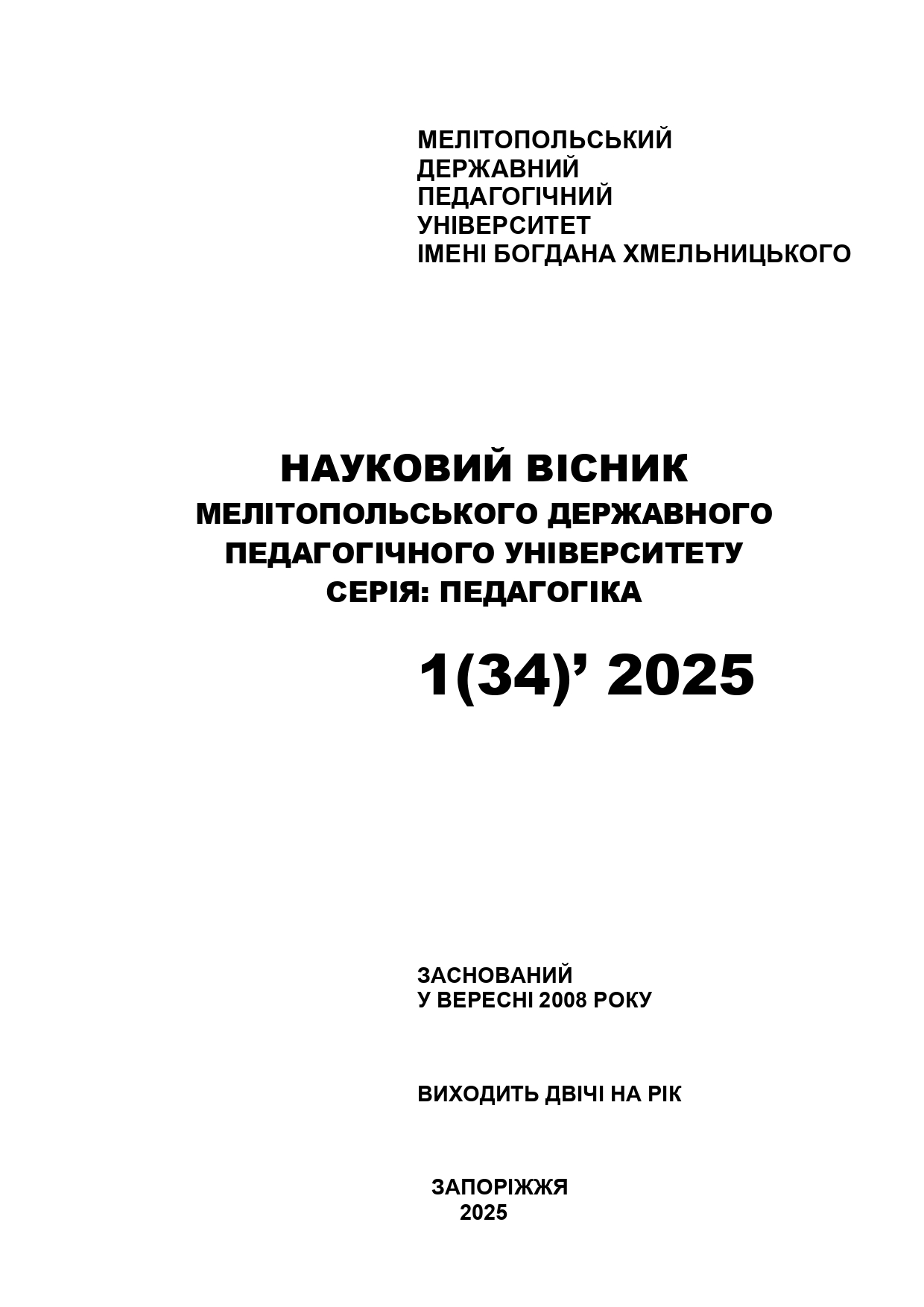Peculiarities of using multimedia presentations in primary school
Abstract
The article describes a multimedia presentation as a set of sequential, logically
constructed slides (pages) with text, pictures, tables, diagrams, photos, video and audio
fragments, animation and 3D graphics. It is proved that the use of multimedia
presentations contributes to the formation of elementary students' ability to navigate
information flows; teaching practical methods of working with information; applying
teaching methods in which students become subjects of their own learning activities;
activating students' educational and cognitive activities; improving the aesthetic level of
lessons and training sessions by means of works of music, fine arts, animation, cinema,
etc. The technical tools for creating presentations include the selection of appropriate
online servers and electronic resources, compliance with design requirements (fonts and
colours) and rules for presenting information (formulation of keywords and phrases,
structuring digital data in diagrams, theoretical material in schemes, with support from
graphs and video clips, animation effects). Scientific research on the use of multimedia
presentations determines the requirements of typical educational programmes for primary
schools. These normative documents define the content of training aimed at developing
students' information and communication competence, as well as the mandatory result of
its mastering - the ability to create information products by combining text, images, sound
to present ideas and results of activities. Areas for further research include identifying the
effectiveness of introducing other information and computer technologies into the
educational process, such as electronic textbooks and curricula, cloud and artificial
intelligence technologies.




